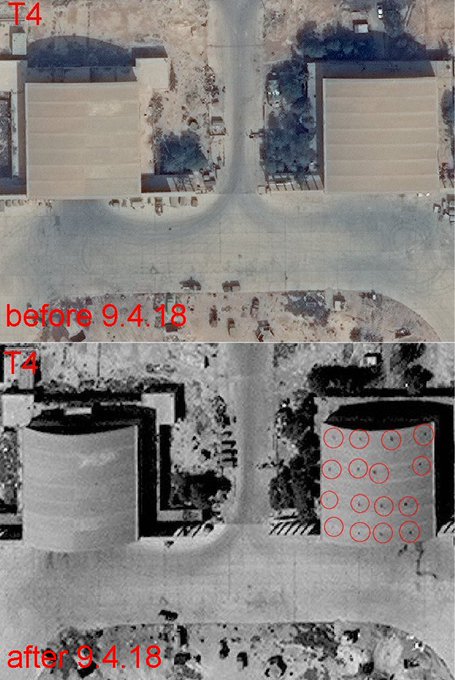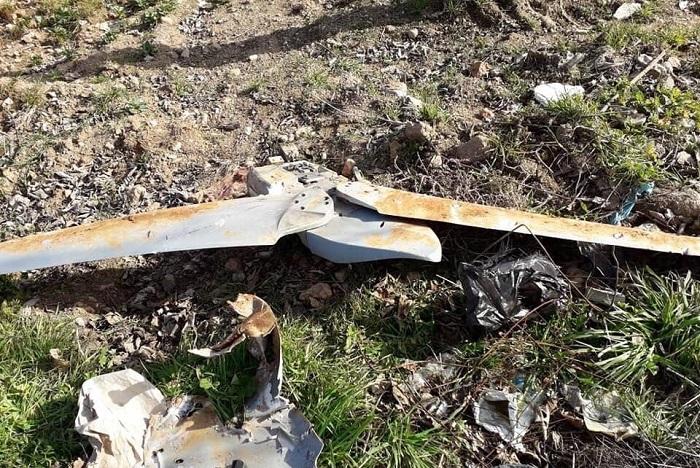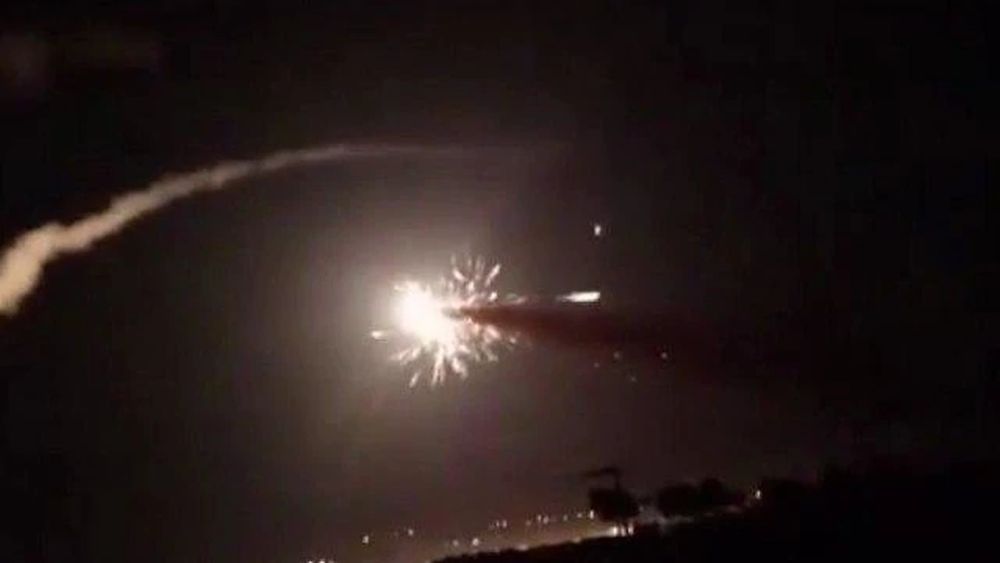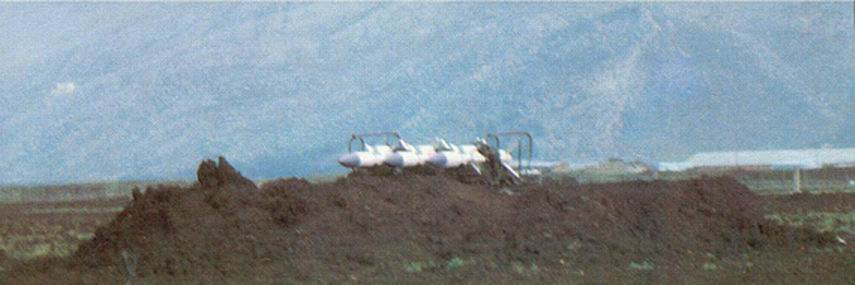Syria has modern multilayer air defence. The biggest danger posses S-300PMU2 battery near Masyaf with range 250 km (at high altitude - yellow circle) and 18 Buk-2M mobile with range 50 km (red circles). Russian S-400 batteries provide intelligence to Syrian SAMs and can also fire under some circumstances.

Israel's preferable weapon are glide bombs GBU-39

And SPICE-1000

Both are fire and forget and have range of about 100 km (from high altitude).
Now to attack scenarios.
1) Damascus area.
Yellow circle shows 100 km glide bomb radius:

It's easiest. Israel can bomb there not entering at all SAM zone or very briefly.
2) Center of Syria, T4 base.
We know that IAF used GBU-39 bombs there:

Yellow circle show their radius and its well within Syrian SAM zone. Both S-300 and Buk:

High flying aircraft (which is needed for glide bombs) would be quite an easy prey for SAMs. So the only solution I see is stealthy F-35 (which can carry GBU-39 bombs). And safest route would be through Jordan. The chance of detection is very low and even if they detect something they have very small time to understand whats that, and very small time react.
3) Masyaf factory.
This is hardest target, located right behind the S-300 (and Russian S-400 too).
Thanks to video recorded in Lebanon we know the route and kind of weapons used in attack:

This time IAF used not glide bombs but cruise missiles. The major advantage of cruise missiles is that they can be fired from low altitudes, under radar. Most probably old good Popeye missiles. IAF obviously did not want to risk F-35 and provide intelligence data about it: S-400 could record RCS when F-35 opens weapon bays or when F-35 escape (rear RCS is much higher than frontal).
============================
All 3 scenarios relate to buildings. When IAF attacks SAMs and other mobile targets 250 km Delilah missiles are mostly used. They are quite cheap, have excellent range and accuracy but have too small warhead for buildings.
Israel's preferable weapon are glide bombs GBU-39
And SPICE-1000
Both are fire and forget and have range of about 100 km (from high altitude).
Now to attack scenarios.
1) Damascus area.
Yellow circle shows 100 km glide bomb radius:
It's easiest. Israel can bomb there not entering at all SAM zone or very briefly.
2) Center of Syria, T4 base.
We know that IAF used GBU-39 bombs there:

Yellow circle show their radius and its well within Syrian SAM zone. Both S-300 and Buk:
High flying aircraft (which is needed for glide bombs) would be quite an easy prey for SAMs. So the only solution I see is stealthy F-35 (which can carry GBU-39 bombs). And safest route would be through Jordan. The chance of detection is very low and even if they detect something they have very small time to understand whats that, and very small time react.
3) Masyaf factory.
This is hardest target, located right behind the S-300 (and Russian S-400 too).
Thanks to video recorded in Lebanon we know the route and kind of weapons used in attack:
This time IAF used not glide bombs but cruise missiles. The major advantage of cruise missiles is that they can be fired from low altitudes, under radar. Most probably old good Popeye missiles. IAF obviously did not want to risk F-35 and provide intelligence data about it: S-400 could record RCS when F-35 opens weapon bays or when F-35 escape (rear RCS is much higher than frontal).
============================
All 3 scenarios relate to buildings. When IAF attacks SAMs and other mobile targets 250 km Delilah missiles are mostly used. They are quite cheap, have excellent range and accuracy but have too small warhead for buildings.












